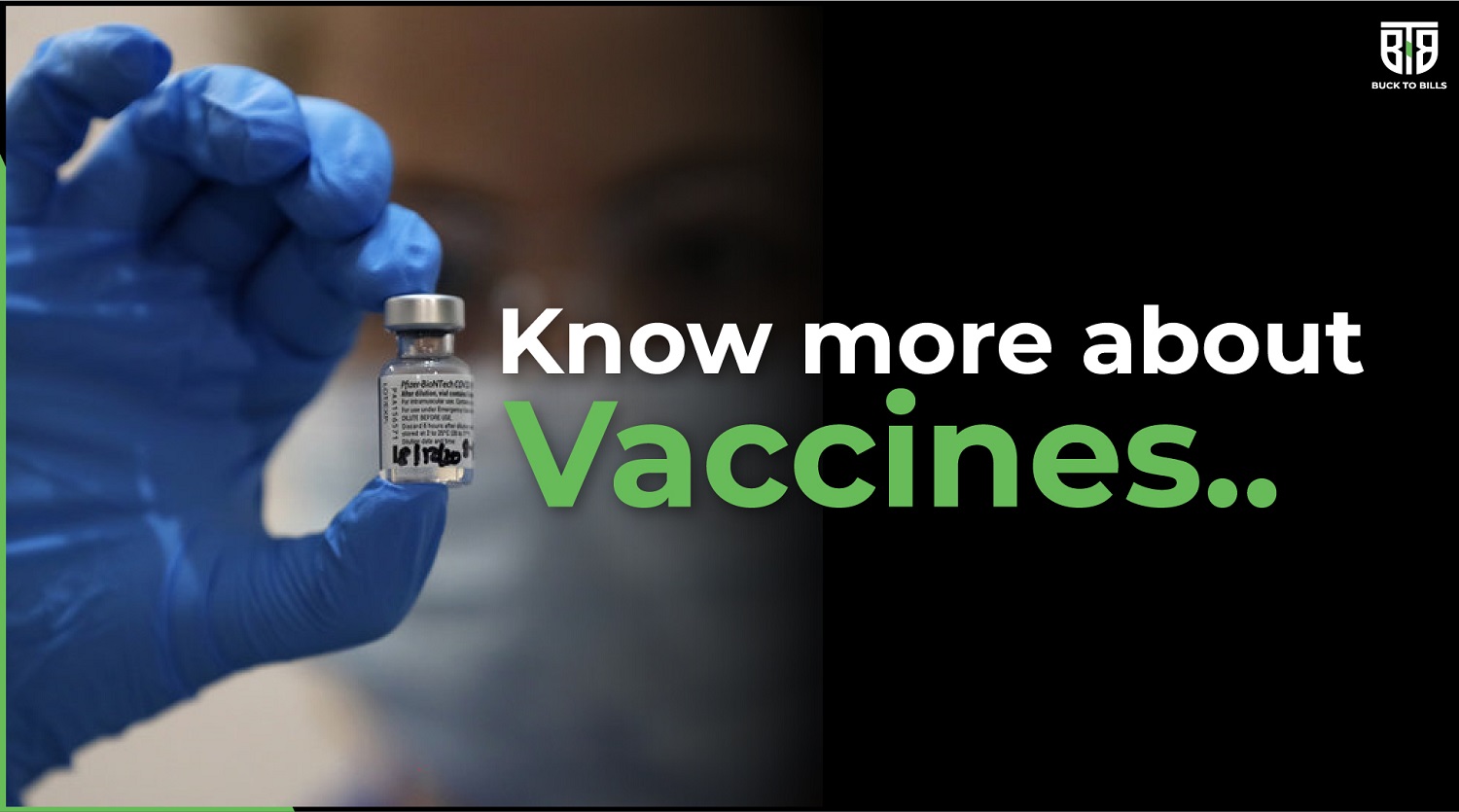200 vaccine candidates were competing to hit the global markets as of December 2020. Out of these 200, 52 vaccine candidates made it to phase I/II trials. Vaccination programs have already started in most countries. There is no better time than today to discuss vaccines. In an attempt to raise vaccine awareness throughout the globe, we are bringing the most informative series of articles in front of you, read on to know more about vaccines:
Why are there so many vaccines?
Every vaccine candidate will be evaluated based on its efficiency and safety. Even though there are '' numbers of vaccines, only a few make it to the final stage and get released in the markets. According to WHO, only 1 in every 5 vaccines makes it to the final stage of trials. More vaccines ensure that at least one or more vaccines emerge successful in efficiently getting rid of a disease.
What is the need for vaccines?
Human bodies have a natural defense mechanism in place to combat foreign invaders that enter the body that cause infection. Most of the time, it is effective in keeping these foreign invaders and microorganisms at bay but few pathogens are known to overwhelm the immune system obstructing it to function efficiently. There is no alternate mechanism in place in human bodies in this case. But vaccines are known to help the immune system recognize and build antibodies against the pathogens to prevent serious illness. Thus, vaccines act as primary prevention which protects us from getting sick. Vaccines and vaccinations have saved humankind from many deadly diseases that have been taking millions of lives every year. Diseases such as measles, mumps, rubella, tetanus, and polio are controlled and eliminated with the help of vaccines.
Types of vaccines:
There are 3 methods of designing a vaccine. They are as follows:
- Whole microbe approach: The whole microbe approach takes a disease-causing virus or bacterium and kills or inactivates it to inject into the human body to trigger the human immunity to recognize the disease-causing pathogen. Since the virus or bacterium is inactivated, the possibility of it infecting the person is negligible. Further categorizations include:
- Inactivated vaccine: This is nothing different from the whole microbe approach. The disease-causing germs, viruses, and bacteria are killed or inactivated using chemicals, heat, or radiation to help the immune system recognize the disease-causing pathogen. Hence, the immune system creates antibodies against it naturally without having to vaccinate. It requires two or three doses of vaccinations to build the antibodies.
- Live-attenuated vaccine: This is a bit similar to inactive vaccines. The virus or bacterium is weakened in this system. Mumps, rubella, and measles vaccines are typical examples of these vaccines. Covishield developed by Oxford-AstraZeneca also employs this model of vaccine designing. However, these vaccines are not suitable for people with compromised immune systems.
- Viral vector vaccine: This type of vaccine uses a safe virus to deliver specific sub-parts of disease-causing pathogens to trigger the immune system response without causing disease. Ebola virus vaccine falls under this category. These types of vaccines can be developed rapidly.
- Subunit approach: The subunit approach delivers a specific subpart of a disease-causing pathogen to trigger the immune system to generate a response against it. It neither uses the whole microbe approach nor the viral vector approach. Tetanus, diphtheria, and whooping cough are typical examples of these types of vaccines.
- Genetic approach: Rather than using whole microbe or weakened part, this approach uses genetic material that provides a specific set of instructions to the cells that helps the immune system recognize and respond against the pathogens.
These are the major approaches employed to design a vaccine. If you find the article informative and helpful in any way, like and share it. Let us know your thoughts on the same in the comments section below.




















